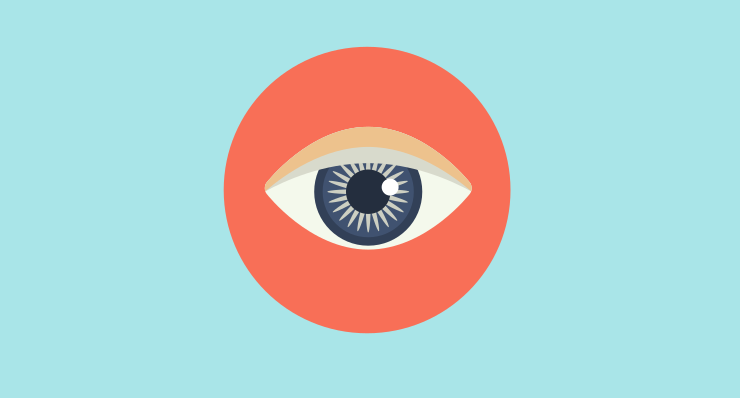Why do you need harmony?

The principles of harmony are closely connected with our feelings. We have a habit to perceive information through touch, hearing, smell, sensation. Harmony is for each of the organs of perception. So, the harmony in music allows you to create works that people do not cease to listen to after hundreds of years. It fills with positive emotions. We hear music, but we see the color.
The brain is an amazing organ, and it balances the visible color with an extra one. This feature is inexplicable and little studied. If the extra color does not really exist, then the consciousness will recreate it. Mixing additional colors gives a grey color and creates a sense of balance. The processes occurring in the head are connected with the whole organism. What we see affects our feelings, our psyche.
The fundamentals of harmony are part of our physiology.
What is harmony?
But what does this concept mean in the color palette? It's all about balance, which includes lightness, tone, satuation, quantitative color relationships. Combining several parameters, the composition is added to the harmony along with the form. The large number of forming parameters and their variability introduces uncertainty, creates a feeling of uniqueness for the particular subject.
Is it possible without harmony?
Very strong influence is exerted by fashion, and it may not always follow the harmony. In addition, the disharmony is also a mechanism of influence on a person. If something produced a negative impression, then it will be well remembered.